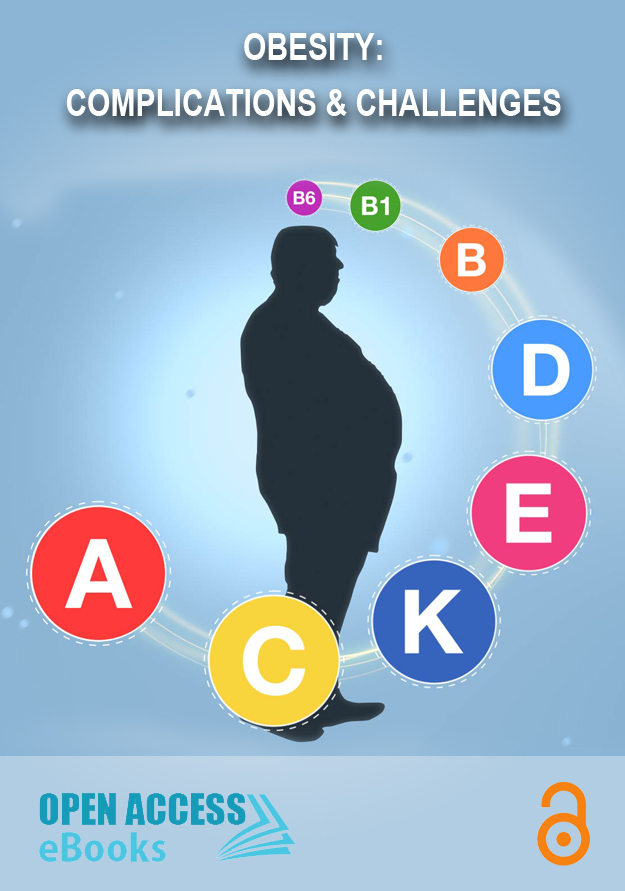List of Chapters
Neurochemical Mechanisms of Brain Reward System in Obesity
Author(s): Gayane S Vardanyan*; Hasmik S Harutyunyan
Once upon a time there was a girl whose food intake and energy expenditure was in absolute balance, so she had an ideal body mass index. The girl lived in a country where food was taken only for its homeostatic properties. Everyone in the country was fit and some kind of incomplete. Food sounds very exciting to us. It is consumed not only for homeostatic properties but for its hedonic properties as well. The calorie dense, palatable food is consumed even if the state of the satiety is reached. Palatable food looks attractive for its hedonic properties.
Obesity Phenotype and Its Characterization
Author(s): Adryana Cordeiro*; Andrea Ramalho; Mariana Luna
Obesity is a chronic disease characterized by hyperplasia and hypertrophy of adipocytes. It has a multifactorial and complex etiology, involving genetic (most common polygenic inheritance), behavioral, cultural, neuroendocrine, and environmental factors. Among various causes, there is an increase in caloric consumption, a decrease in energy expenditure, or both, resulting in an energy imbalance between consumed and expended calories. It is considered a global epidemic that covers all age groups and socioeconomic classes and presents high prevalence in urban areas of developing countries [1,3]. In recent decades there has been a significant increase in individuals with obesity. In 1995, there were approximately 200 million adults with obesity in the world, in 2000 it increased to values above 300 million individuals [2]. This proportion tends to increase, and it is estimated that by 2030 approximately 60% of the world population will have excess total body mass.
Neurorehabilitation Techniques in Obese and Bariatric Patients
Author(s): Clara Lombardo, Abed Hadipour Lakmehsari, Federica Arena, Marusca Fazio, Helene Sciacca, Antonio Bruno, Carmela Mento*
Following World Obesity Day on 4 March 2022, WHO Europe published a report, high-lighting the extent of the problem in the general population stating that as of the date of the report, approximately 60% of adults and 1 in 3 children are overweight or affected by obesity. The diagnosis of obesity is based on the ratio of weight to height squared, a formula known as the body mass index (BMI). Although there are specific thresholds beyond which the disorder is diagnosed, it can be argued that BMI is too simplistic since an inherently heterogeneous population that is hugely diverse in terms of comorbidities and general health status, receives a single diagnostic label.
Body Shaming and Suicidal Risk in Obese Adolescents
Author(s): Silvestri Maria Catena, Hadipour Lakmesani Abed, Pagano Dritto Irene, Giannitelli Roberta, Fazio Marusca, Cardile Emanuela, Muscatello Maria Rosaria Anna, Mento Carmela*
Body Shaming (BS) refers to a specific form of negative social interaction, consisting of deriding or discriminating against, for example obese individuals, because of their physical characteristics that do not reflect the aesthetic standards promoted by the mainstream media, advertisement sector, or social networks (Duarte et al., 2017). Any physical human appearance can be subject to criticism and mockery: physical size, thinness or overweight, stature, hair color, baldness, shape and size of sexual organs, and musculature among others.
